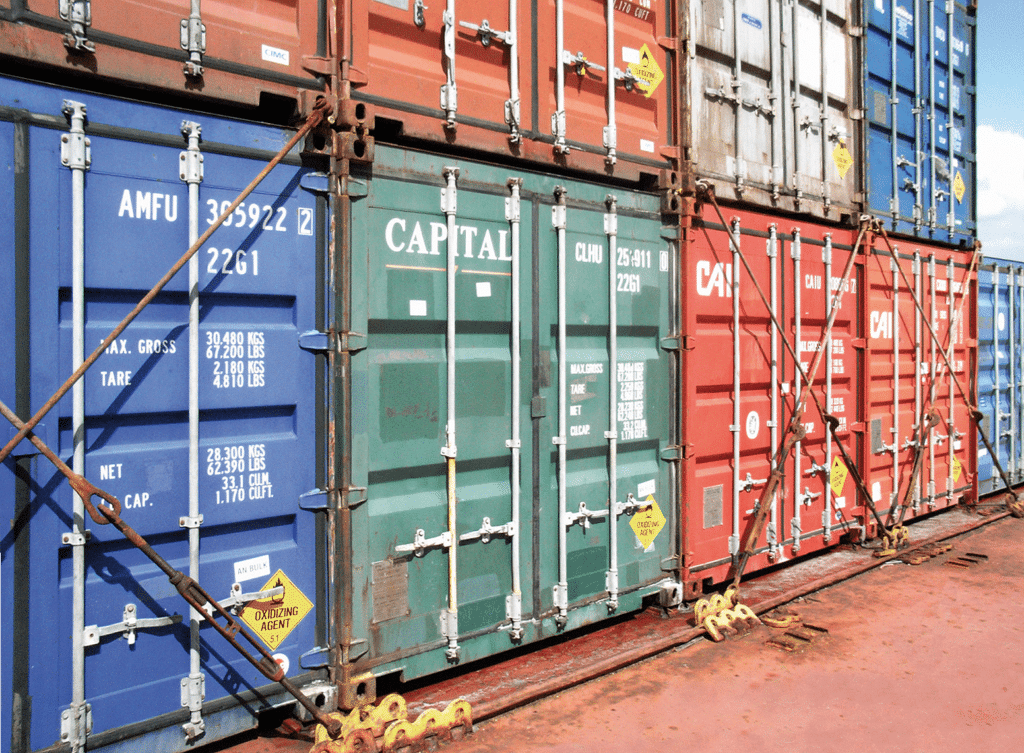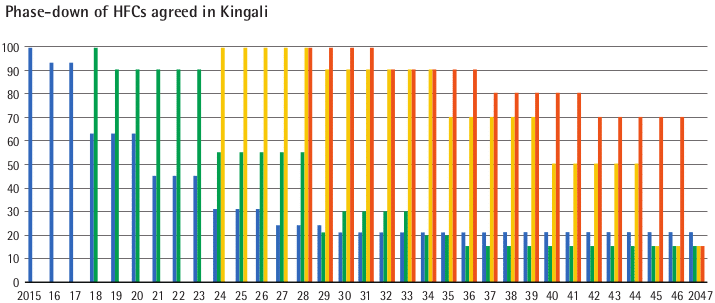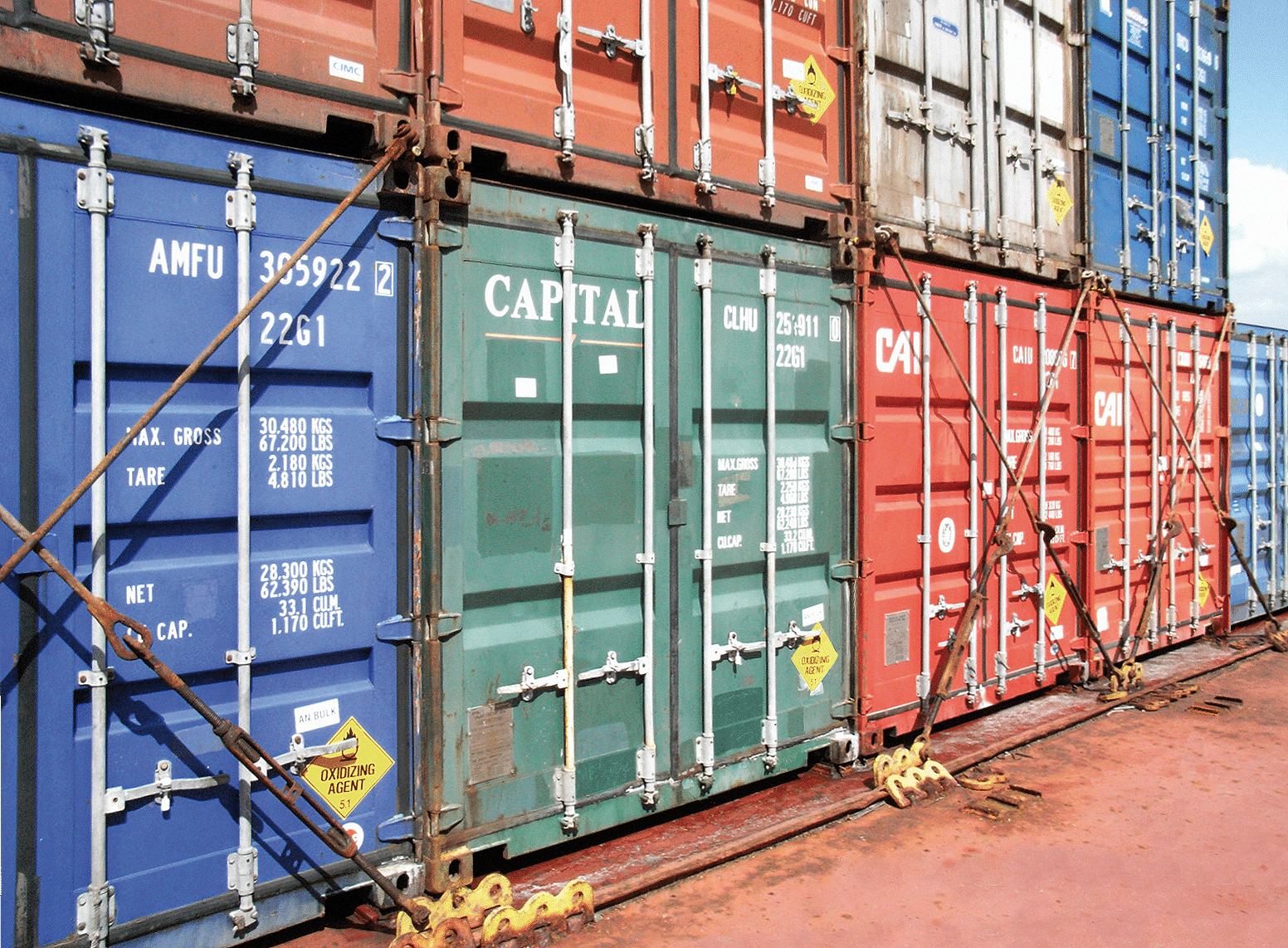ISO Technical Committee 104, responsible for international standards related to freight containers, will gather in Paris on March 6-9 for sub-committee and working group meetings, as well as its plenary session on March 9. Updates from various sub-committees can be found below:
Working Group 2, responsible for maintaining and developing ISO standards for reefer containers, met in Cambridge, UK from October 19 to October 21. This working group is currently working on two major standards:
1 ) ISO 1496-2
Freight container – Thermal containers – freight containers – Specification and testing
Part 2: Thermal containers
The scope of this standard is to provide the basic specifications and testing requirements for ISO series 1 thermal containers for international exchange and for conveyance of goods by road, rail and sea, including interchange between these forms of transport. The working group is revising this standard in order that it, among others, becomes compatible with the sequence of testing of ISO 1496-1, general purpose containers, by making reference to this standard as a new approach. This revised version of the standard is expected to be submitted for DIS (Draft International Standard) for ballot by TC104-SC2 member states.
2) ISO 20854
Freight container – Thermal containers – Safety standard for refrigerating systems using flammable refrigerants
Requirements for design and operation
The scope of this new standard is restricted to refrigerating systems integrated in or mounted on ISO thermal containers (ISO1496-2). It provides minimum recommendations for the design of the refrigerating system in order to ensure the safe operation of the reefer container. To industry best practice and standards for the safe operation of flammable refrigerants in refrigerating systems used in thermal freight containers operated onboard ships, in terminals, on road, on rail, and on land.
The timeline for this standard will be presented at the forthcoming ISO C104 meeting in Paris, March 2017.
| Europe: Phase down under the European F-gas regulations Baseline calculated from average annual consumption from 2009-2012. Freeze in 2015, followed by a first reduction in 2016. |
|
| Non-A5 (developed countries): Baseline calculated from average annual consumption from 2011-2013. |
|
| A5 (developing countries) – Group 1: Baseline calculated from average annual consumption from 2020-2022. Freeze in 2024, followed by a first reduction in 2029. |
|
| A5 (developing countries) – Group 2 (GCC, India, Iran, Iraq, Pakistan) Baseline calculated from average annual consumption from 2024-2026. Freeze in 2028, followed by a first reduction in 2032. |
Why develop this standard?
The purpose is to provide guidelines for safe design, construction, installation, and operation of refrigerating systems for thermal containers using flammable refrigerants, as well as to provide for the safe disposal of flammable refrigerants. Current preferred refrigerants, such as, R-134a and R-404A – both non-flammable hydrofluorocarbons (HFC) – are considered to contribute to global warming. Therefore their use is regulated in many countries, and the refrigerants currently in use will have to be phased out gradually.
HFC Phase Down – Kigali Agreement
In Kigali on October 15, 2016, the world reached an agreement to phase-down hydrofluorocarbons (HFCs). It is regarded as one of the most significant actions governments have ever taken to protect the climate. HFCs are highly potent greenhouse gases that have a global warming potential thousands of times that of carbon dioxide (CO2).
News from ISO TC104 Sub-committee 4 (Identification and communication)
Working Group 2, responsible for maintaining and developing ISO standards for AEI (Automatic Equipment Identification) for containers and container related equipment, met in Atlanta, USA from November 1 to November 2. This group is currently working on a technical specification, TS 18625, Freight containers – Container Tracking and Monitoring System (CTMS). The development of this document is based on dialogue with current and potential users of container tracking and monitoring systems. These dialogues include discussion of solutions that can deliver a minimal capability at low cost which can become broadly deployed in global container operations. This technical specification provides guidance for the requirements for a system, and its enabling devices, used to track, monitor and/or report the status of the container.
Solutions for dangerous or valuable cargoes have already been developed, so the purpose of TS 18625 is focusing on lower-tier systems based on a building block approach that can be expanded as technology and requirements change. The document describes and defines architecture, functions, operation, interfaces, data management, safeguard measures, levels of performance, communications, and more.
The working group intends to present the final document at the March TC104 meetings in March.
News from Sub-Committee 1 (General purpose containers):
Working Group 1 (General Cargo Containers):
ISO 668: Classification, Dimensions and Rating
- Amendment 2: Increase of MGM has been completed.
- Amendment 3: Addition of 1 CCC container is at stage DIS (Draft International Standard) for three months, awaiting technical comments which are expected prior to the next gathering of WG1 to be held during the week of the ISO TC104 plenary in Paris.
ISO1496/1: Specification and Testing
No new development.
To be noted:
- ISO 1496/2 (reefers) is referring now to ISO 1496/1 for testing specifications.
- ISO TR 15070: Rational for structural test criteria. This item will be discussed at the next WG1 meeting.
Alternatives to be considered:
- Leave it as it is
- Delete it
- Incorporate it into ISO 1496/1
Working Group 2 (Handling and Securing)
ISO 1161:2016: Corner and intermediate fittings – Specifications
Following a comprehensive review, as requested by the IMO, this standard was updated and published on July 11, 2016.
ISO 3874: Handling and Securing
Also reviewed as requested by the IMO, modifications will be circulated to TC104 SC1 members for Draft International Standard voting.


